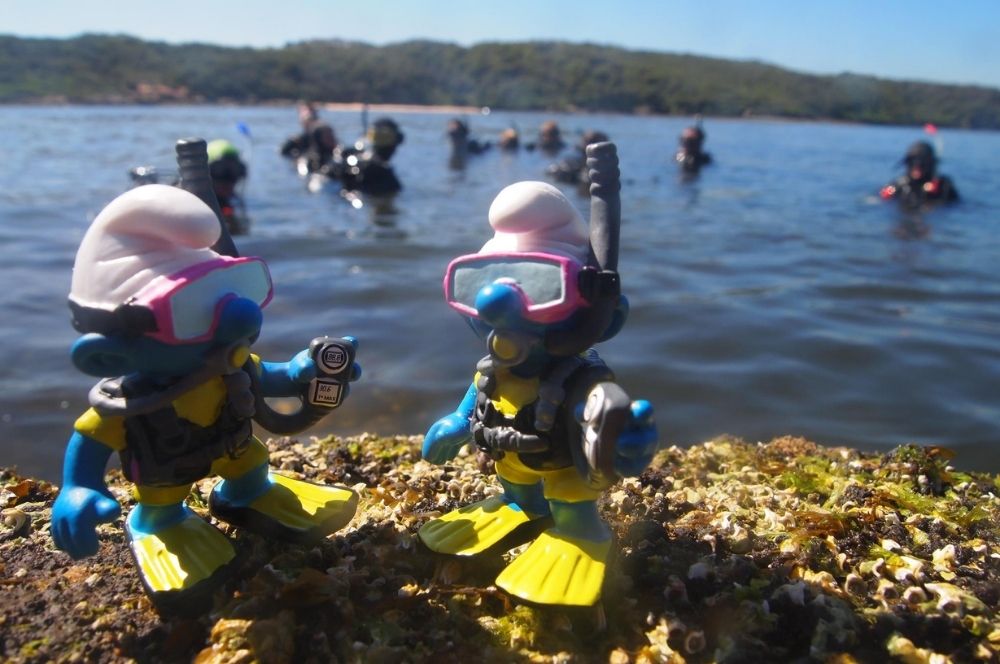You have 0 product(s) in your cart.
Abyss Scuba Diving
The Importance Of A Buddy Check.

The Importance of a Buddy check.
The buddy check is one of the best ways to prevent diving accidents through oversights, equipment malfunctions and forgotten equipment, for this reason the buddy check is taught during every scuba diver certification training.
How to Carry Out a Buddy Check
A Buddy Check follows the acronym BWRAF, formed from the initial letters of the words BCD, Weights, Releases, Air and Final check. Instructors use a variety of acronyms to help students remember this list, including “Begin With Review And Friend, ““Bruce Willis Ruins All Films,” and “British Women Really Are Fun.
BCD: Check that your buddies low pressure inflator hose is attached to their BCD and that the power-inflate works. Confirm that your buddy’s buoyancy compensator device will hold air. Pull the dump valves to ensure that they are functional and not sticking. Determine your buddy’s configuration and ensure the toggle for his shoulder dump valve isn’t stuck under his shoulder strap. Finally ensure the tank band holds the cylinder in place securely.
Weights: You and your buddy should be aware of each other’s weight configurations for ease of removal in the water should the need arise. Show your buddy where you keep weights — a belt, integrated pockets or trim pockets. If your buddy uses pockets, gently pull on them to ensure they are securely fastened. Make sure you both have your weights before entering the water.
Releases: This is one of the most essential steps in a buddy check. It is important to understand how to set up your buddy's equipment in an emergency. If you are not familiar with your buddy's BCD or other dive gear, you may be at a loss in an emergency.
Air: Ensure that your dive buddy's tank is full and its value all the way open before going into the water. Do not just glance at their SPG or integrated computer to see if it reads full, purge their regulator a few times and watch the needle to be sure it remains steady, a moving needle indicates a problem at the value.
Modern tank valves do not have an issue with wear and tear, so it is best to fully open your cylinder valve when preparing to dive as this will minimize mistakes.
Final OK: Make sure you have all your miscellaneous equipment such as a mask, snorkel, fins, and signalling devices. Streamline your equipment by securing any loose or dangling hoses or pieces of gear. Ensure that your buddy's computer is set to the correct gas mixture, and any air-integrated computer is paired. Perform a head-to-toe check to make sure you do not leave anything behind. Most important, ensure your buddy is ready and comfortable with the dive.
The buddy check is an integral part of scuba diving, because it can help prevent undersea accidents from taking place, it is a key safety procedure taught during the Open Water Diving Course. Sadly, some divers eventually tend to forget about the importance of a buddy check as they take for granted that they know it all. In fact, some divers would simply ask, “All good?” and proceed with diving. Don’t fall into that trap!
Recent Posts





